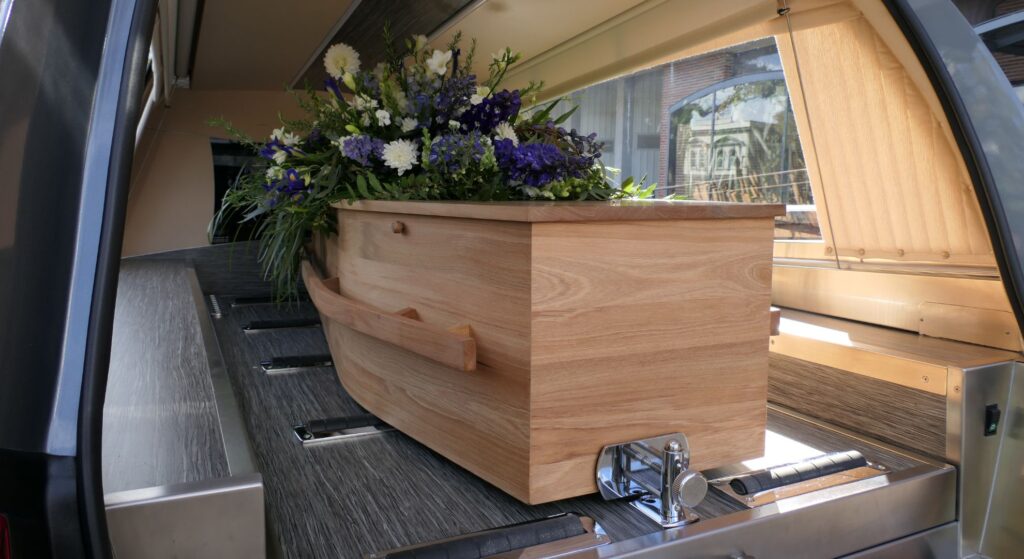The circle of life inevitably leads us to the final chapter—death. In today’s world, where sustainability and environmental consciousness are gaining prominence, it’s only fitting that even in death, we seek ways to minimize our impact on the planet. Enter natural burial grounds, a growing trend that offers a sustainable and eco-friendly alternative to traditional burials. In this exploration, we will delve into the concept of natural burial grounds, explaining what they are, why they offer a more environmentally sustainable option, and how you can find and choose such burial grounds.
What Are Natural Burial Grounds?
Natural burial grounds, also known as green burial grounds or eco-cemeteries, are resting places that have been specifically designed to minimize the environmental impact of burials. These grounds adhere to principles that prioritize sustainability, ecological restoration, and simplicity in the burial process. Here’s what sets them apart:
- No Embalming: Unlike traditional burials, where embalming fluids are used to preserve the body, natural burial grounds prohibit the use of embalming chemicals. This decision eliminates the introduction of hazardous chemicals into the earth.
- Biodegradable Caskets and Shrouds: In natural burial grounds, caskets and burial shrouds are made from biodegradable materials such as wood, wicker, or organic cotton. These materials break down naturally, allowing the body to return to the earth.
- Natural Landscapes: Natural burial grounds are often located in scenic, natural landscapes, such as forests or meadows. The goal is to create a peaceful and serene final resting place that integrates seamlessly with the surrounding environment.
- Conservation Efforts: Some natural burial grounds actively engage in conservation efforts, aiming to restore and protect the local ecosystem. By choosing a natural burial, individuals contribute to these restoration initiatives.
The Benefits of Natural Burials
Environmental Sustainability
Perhaps the most significant advantage of natural burial grounds is their positive impact on the environment. Traditional burials can have a significant ecological footprint, primarily due to embalming chemicals, non-biodegradable caskets, and land use. Natural burials, on the other hand, minimize these impacts by allowing the body to decompose naturally and returning it to the earth without harmful chemicals.
Conservation and Habitat Restoration
Many natural burial grounds double as conservation areas or nature reserves. By choosing a natural burial, individuals support these efforts and contribute to the preservation and restoration of natural ecosystems. Some cemeteries even use burial fees to fund ongoing conservation projects.
Simplicity and Cost-Effectiveness
Natural burials are often simpler and more cost-effective than traditional burials. The absence of embalming and ornate caskets reduces expenses, making it an attractive option for those looking to minimize the financial burden on their loved ones.
Personalization and Connection to Nature
Natural burial grounds offer a unique connection to nature and the cycle of life. Families often find solace in knowing that their loved ones will rest in a serene and natural setting, free from the artificial trappings of traditional cemeteries. Many natural burial grounds also allow for personalized and meaningful ceremonies.
How to Find and Choose a Natural Burial Ground
If the idea of a natural burial resonates with you or your loved ones, here are some steps to help you find and choose a suitable natural burial ground:
- Research Local Options: Begin by researching natural burial grounds in your area. You can use online directories, contact local funeral homes, or reach out to environmental organizations for recommendations.
- Visit the Grounds: If possible, visit the natural burial grounds you’re considering. Assess the location, the surrounding environment, and the available services. Ensure it aligns with your vision for a natural and eco-friendly farewell.
- Review Cemetery Policies: Read the cemetery’s rules and policies carefully. Understand their specific requirements for biodegradable caskets, shrouds, and other burial practices.
- Plan Ahead: If you’re considering a natural burial for yourself or a loved one, it’s essential to plan ahead. Discuss your wishes with a funeral director, and ensure that your chosen cemetery can accommodate your preferences.
- Consult with a Funeral Professional: Seek guidance from a funeral professional experienced in natural burials. They can help you navigate the process, choose suitable materials, and ensure that all legal and logistical aspects are addressed.
Natural burial grounds offer a sustainable and eco-friendly choice for those seeking an alternative to traditional burials. These serene and environmentally conscious resting places provide a meaningful way to return to the earth and contribute to the conservation of natural landscapes. By exploring and considering natural burial options, individuals can make a lasting and positive impact on the planet, even in their final moments.



